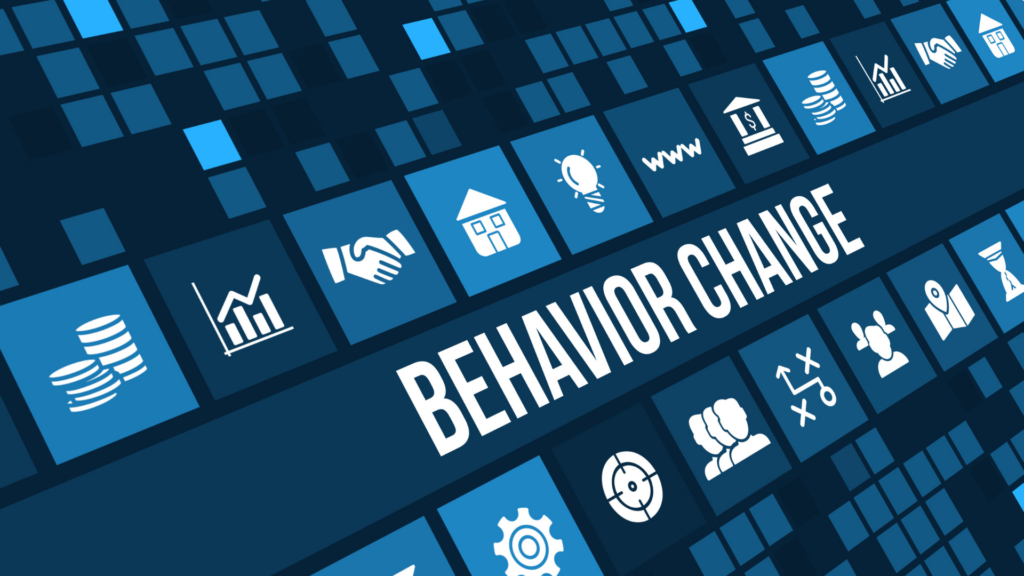How can you make your workplace more exciting and successful?
Organizational success is not solely dependent on strategies or cutting-edge technologies. Instead, the key driver of success lies within the organization itself—specifically, within the collective behaviors of its members.
When the term “toxic employee” is mentioned, thoughts often gravitate towards micromanaging, aggressive communication, threats, and more. However, research indicates that toxicity is more accurately attributed to specific behaviors than to individuals themselves.
In fact, any behavior that causes harm is toxic. And mostly, people with toxic behaviors are high performers. So the most effective and inexpensive way to address these is through behavior change.
Here are four tips for driving organizational success through behavior change:
1) Leadership commitment
Behavioral change starts at the top. Leaders must embody the desired behaviors and consistently communicate their importance to the entire organization to set the tone for a culture of accountability.
But what if the leader itself is the one exhibiting toxic behaviors? In that case, you need to do something about it. Check out our blog on how to address toxic behaviors with leaders here.
Keep in mind that even leaders with toxic behaviors can change with the right coach. Our coaching program is designed specifically for abrasive, aggressive, or toxic leaders. Snag our ebook, Abrasive Leaders & How to Stop Them: A Coaching Method that Works!
2) Step in when witnessing toxic behaviors
When you see something, say something. It might feel scary but you can make a big difference by taking action against toxic behaviors at work.
If you don’t know how or where to start, check out our list of 16 scripts to try. Maybe pick your top two or three scripts – the ones that feel most comfortable to you – and keep them in your back pocket for the next time you need to step in.
We’ve also got more tips for you on going from bystander to upstander in Catherine’s TEDx talk.
3) Training and development
Invest in training programs that focus on developing the skills and behaviors necessary for success. This includes interpersonal skills, emotional intelligence, communicating with civility, recognizing and mitigating unconscious bias, and more.
When I mentioned earlier that investing in behavior change programs is more cost-effective, it’s because you’re equipping your team with the necessary tools to excel in their roles.
The return on investment (ROI) becomes evident as individuals work more diligently and intelligently, applying the skills acquired through training and development programs. This approach contrasts with the alternative of allowing toxic behavior to persist or engaging in a cycle of hiring, firing, and repeating the same patterns.
4) Recognition and rewards
Acknowledge and reward employees who exhibit the desired behaviors. Recognition serves as positive reinforcement and motivates others to align their actions with the organization’s goals.
Just make sure that you communicate your rewards. It’s all moot if what the company has to offer isn’t communicated well. Therefore, building an effective communication program for rewards and recognition is very impactful for your employees’ productivity.
For expert advice, Catherine’s LinkedIn Learning course on “Communicating Employee Rewards” has got you covered. And we made it free just for you!
Measuring and sustaining behavior change
Key Performance Indicators (KPIs)
Set up Key Performance Indicators (KPIs) that mirror the behaviors you want, and keep checking how things are going. These could be metrics like: teamwork, creativity, increased retention, a decrease in the average number of sick days/month, and other signs that show the organization is heading in a positive direction.
Performance management
Hold individuals accountable for their behavior and what they learn in training through your performance management system. Understand that gossip, for example, is a performance problem and should be treated no differently than any other disruptive behavior like showing up late or missing a deadline.
Stay in the loop by tuning in to our weekly newsletter and checking out our social media accounts! When you’re ready, feel free to reach out and start a conversation with us. We’re here to help you create and sustain a positive workplace culture!
Written by: Cleo Tubon and Jennifer Areola



